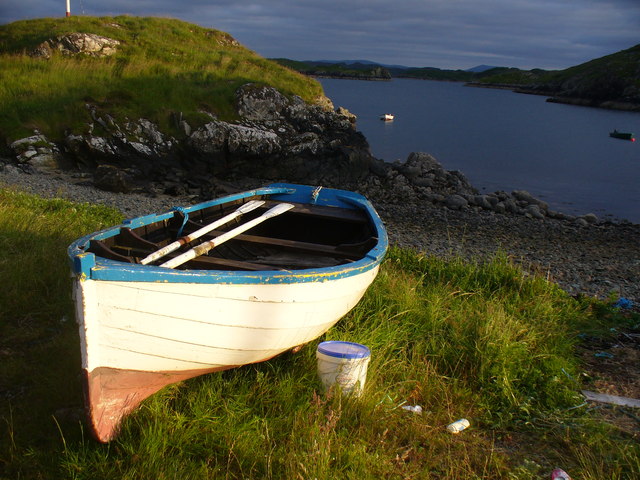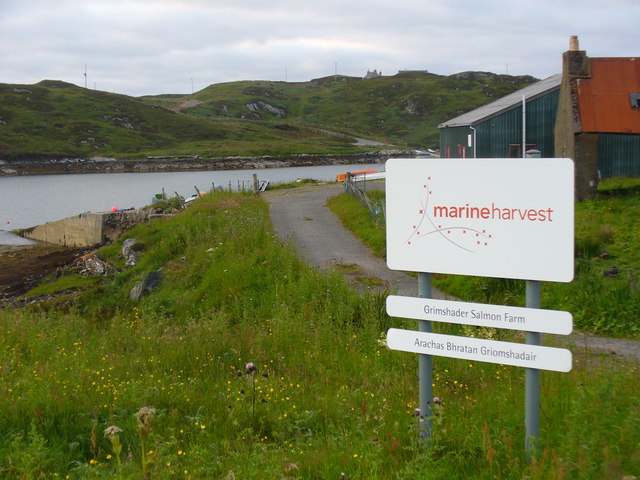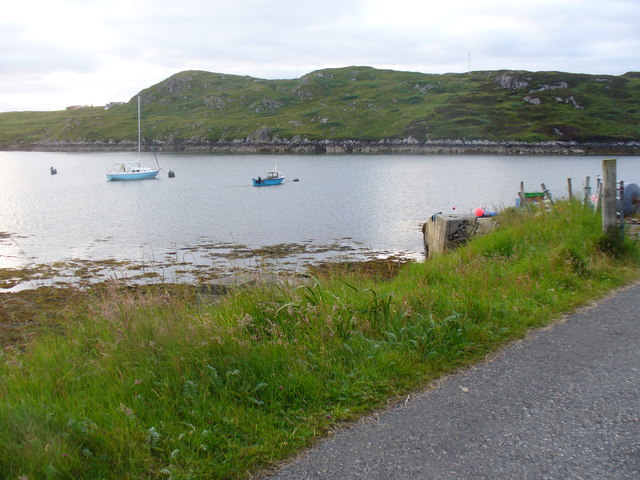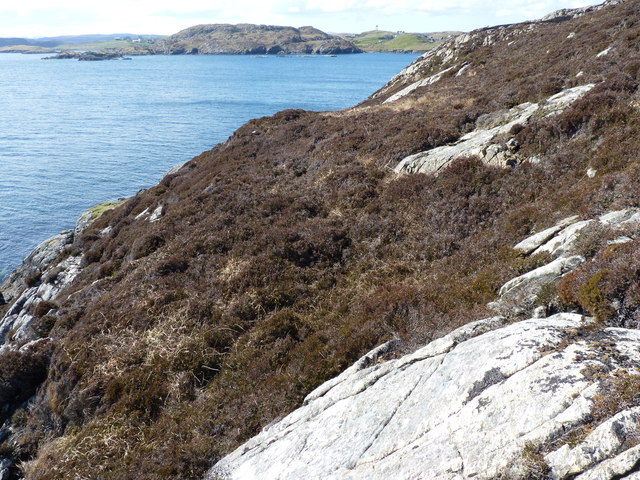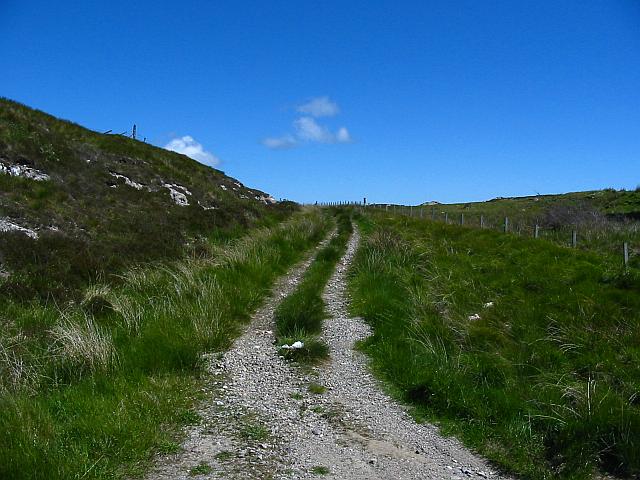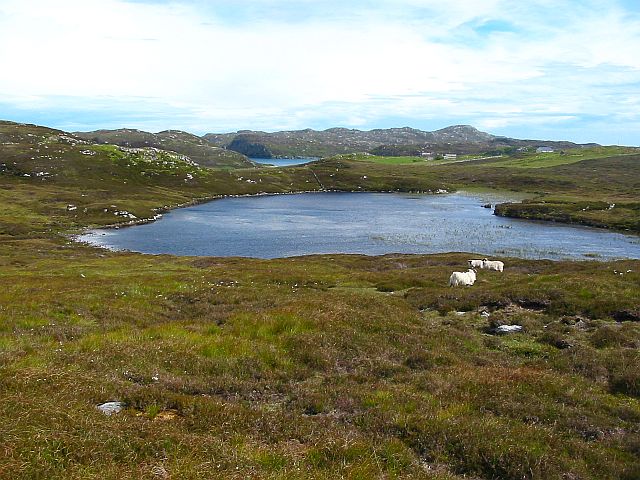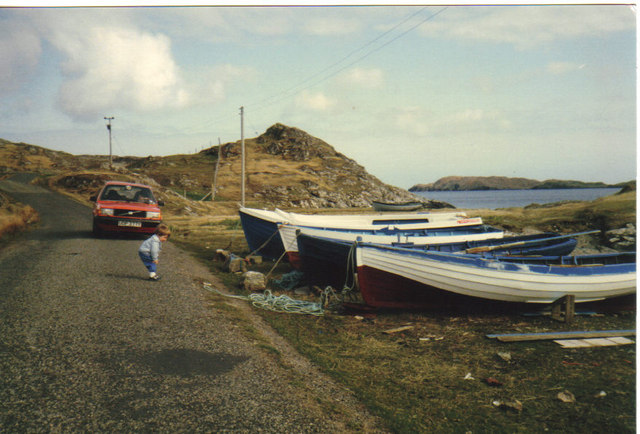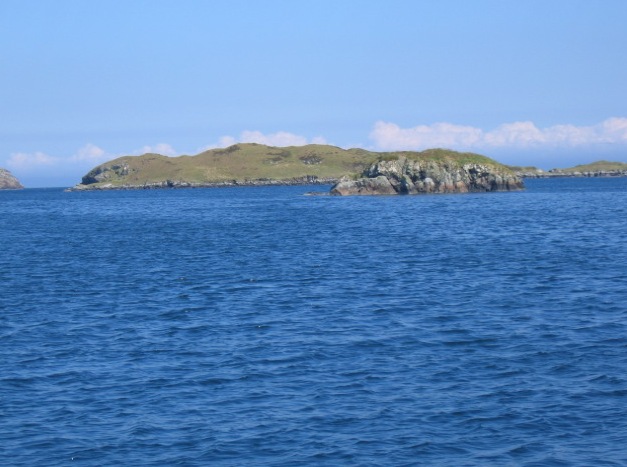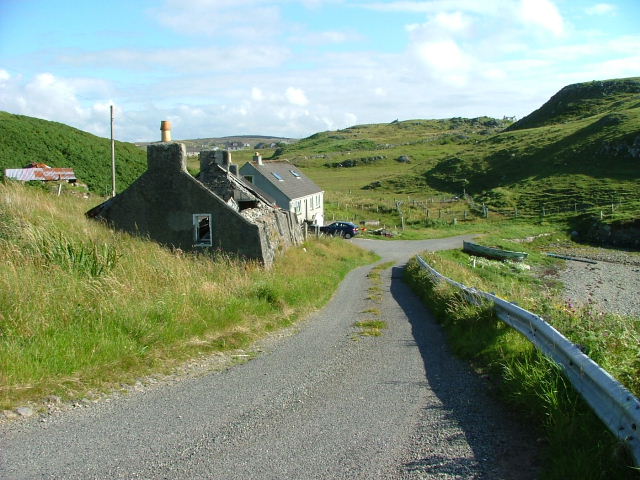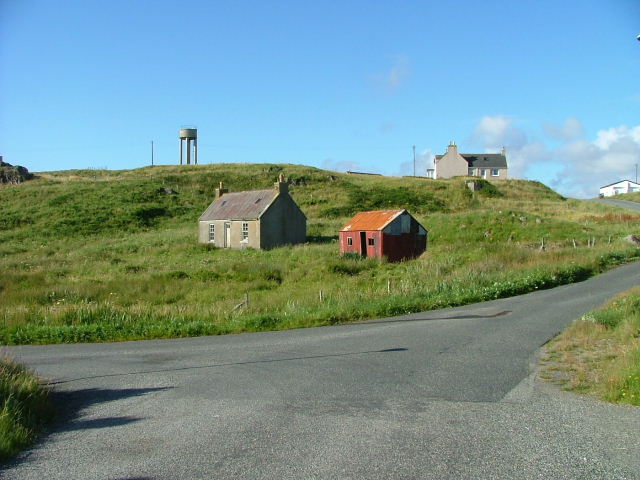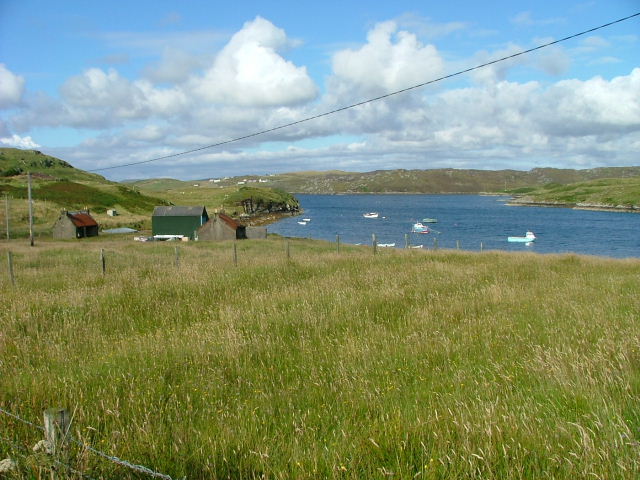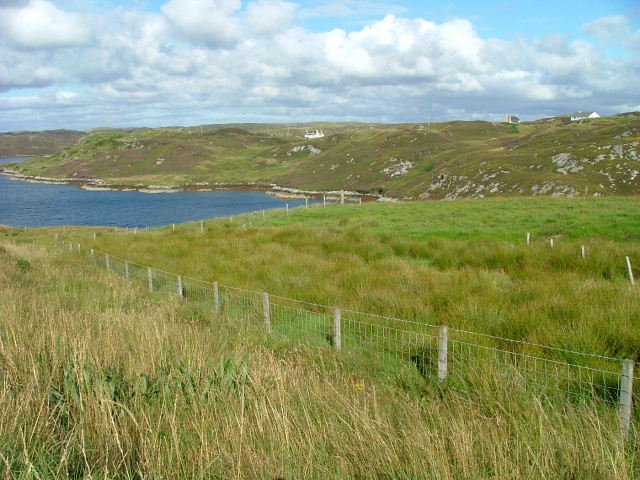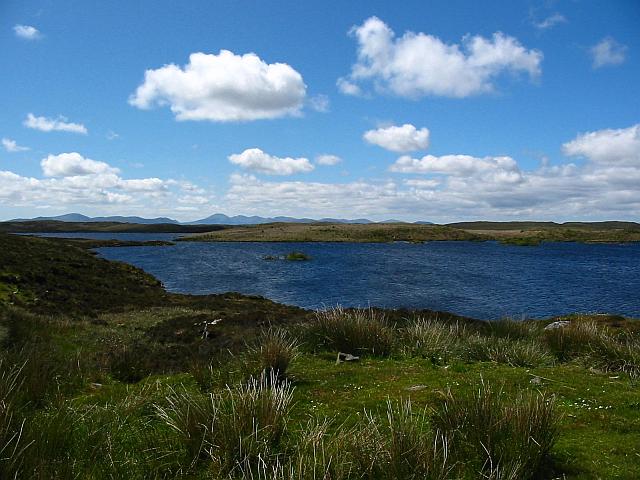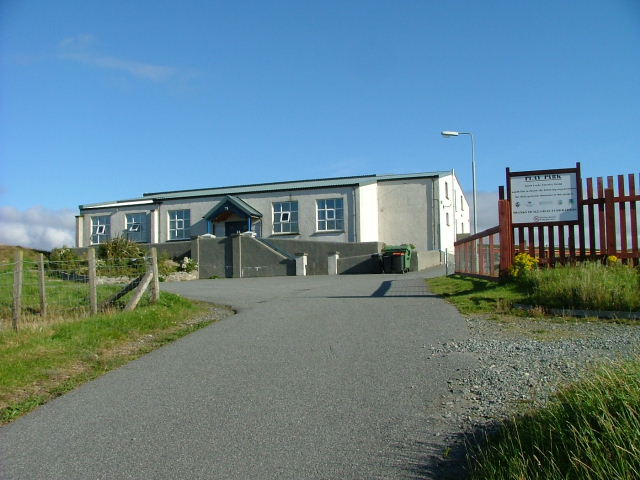Laimhrig
Coastal Feature, Headland, Point in Ross-shire
Scotland
Laimhrig
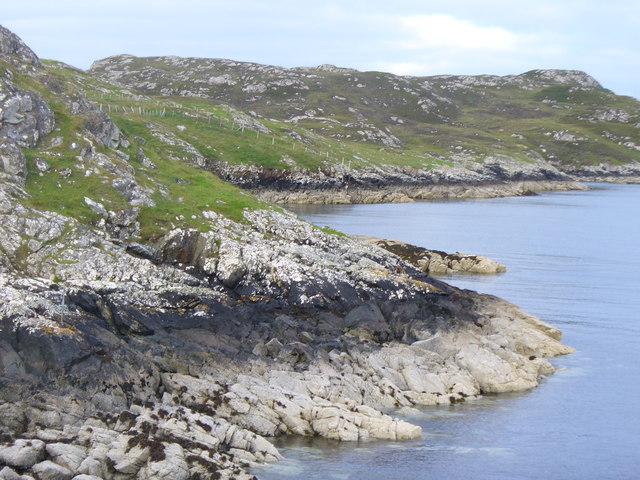
Laimhrig is a prominent coastal feature located in Ross-shire, Scotland. It is a headland that juts out into the North Sea, forming a distinctive point along the coastline. Laimhrig is known for its dramatic cliffs, which rise steeply from the sea, providing breathtaking views of the surrounding landscape.
The headland is composed of rugged rock formations, primarily consisting of ancient sandstone and shale. These geological features have been shaped by centuries of erosion from the crashing waves, resulting in striking cliffs and sea stacks. The exposed rocks also reveal layers of sediment, offering valuable insights into the region's geological history.
Laimhrig is a haven for wildlife, with numerous seabirds nesting on its cliffs, including puffins, guillemots, and razorbills. It is also a popular spot for birdwatching, as migratory species often pass through the area. Seal colonies can often be spotted lounging on nearby rocks or swimming in the surrounding waters.
The headland is easily accessible by foot, with several walking trails leading to its summit. From there, visitors can enjoy panoramic views of the North Sea, the nearby coastline, and the surrounding countryside. The area surrounding Laimhrig is rich in natural beauty, with rolling hills, heather-covered moorland, and picturesque coastal villages.
Laimhrig is a popular destination for outdoor enthusiasts, offering opportunities for hiking, photography, and exploration. Its scenic beauty and diverse wildlife make it an ideal location for nature lovers and those seeking a tranquil escape by the sea.
If you have any feedback on the listing, please let us know in the comments section below.
Laimhrig Images
Images are sourced within 2km of 58.137556/-6.4144221 or Grid Reference NB4025. Thanks to Geograph Open Source API. All images are credited.
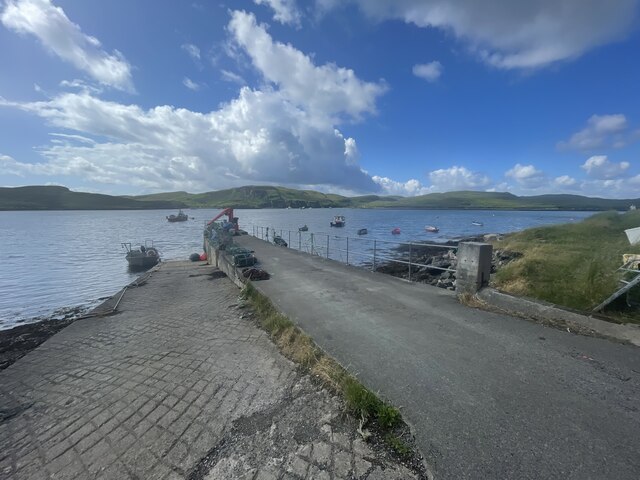
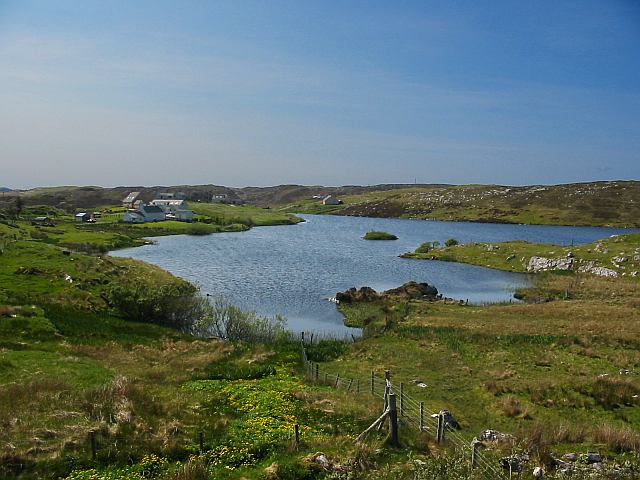
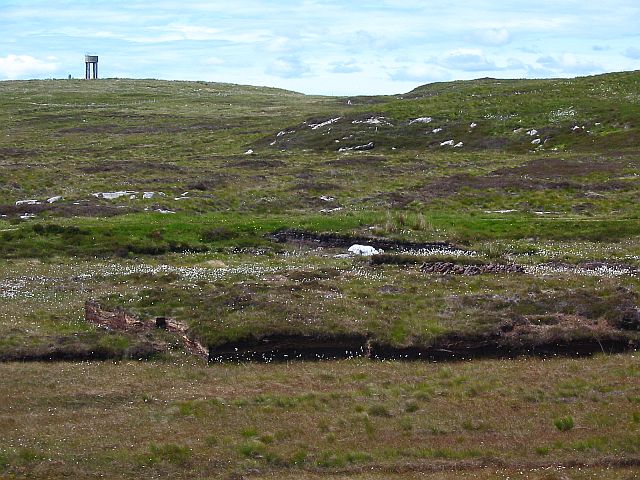
Laimhrig is located at Grid Ref: NB4025 (Lat: 58.137556, Lng: -6.4144221)
Unitary Authority: Na h-Eileanan an Iar
Police Authority: Highlands and Islands
What 3 Words
///dame.zips.thrashed. Near Leurbost, Na h-Eileanan Siar
Nearby Locations
Related Wikis
Crossbost
Crossbost is a village on the Isle of Lewis in the parish of North Lochs, in the Outer Hebrides, Scotland. It is located approximately ten miles away...
North Lochs
North Lochs, (Scottish Gaelic: Ceann a Tuath nan Loch), an area in eastern Lewis, Outer Hebrides, Scotland, is named for the many lochans (small lochs...
Rainish Eilean Mòr
Rainish Eilean Mòr is an uninhabited island in Loch Orasaigh, north of the village of Leurbost in the area of South Lochs on the Isle of Lewis, Lewis and...
Leurbost
Leurbost (Scottish Gaelic: Liùrbost) is a village on the east coast of the Isle of Lewis in the Outer Hebrides of Scotland. It is approximately 6 miles...
Nearby Amenities
Located within 500m of 58.137556,-6.4144221Have you been to Laimhrig?
Leave your review of Laimhrig below (or comments, questions and feedback).
